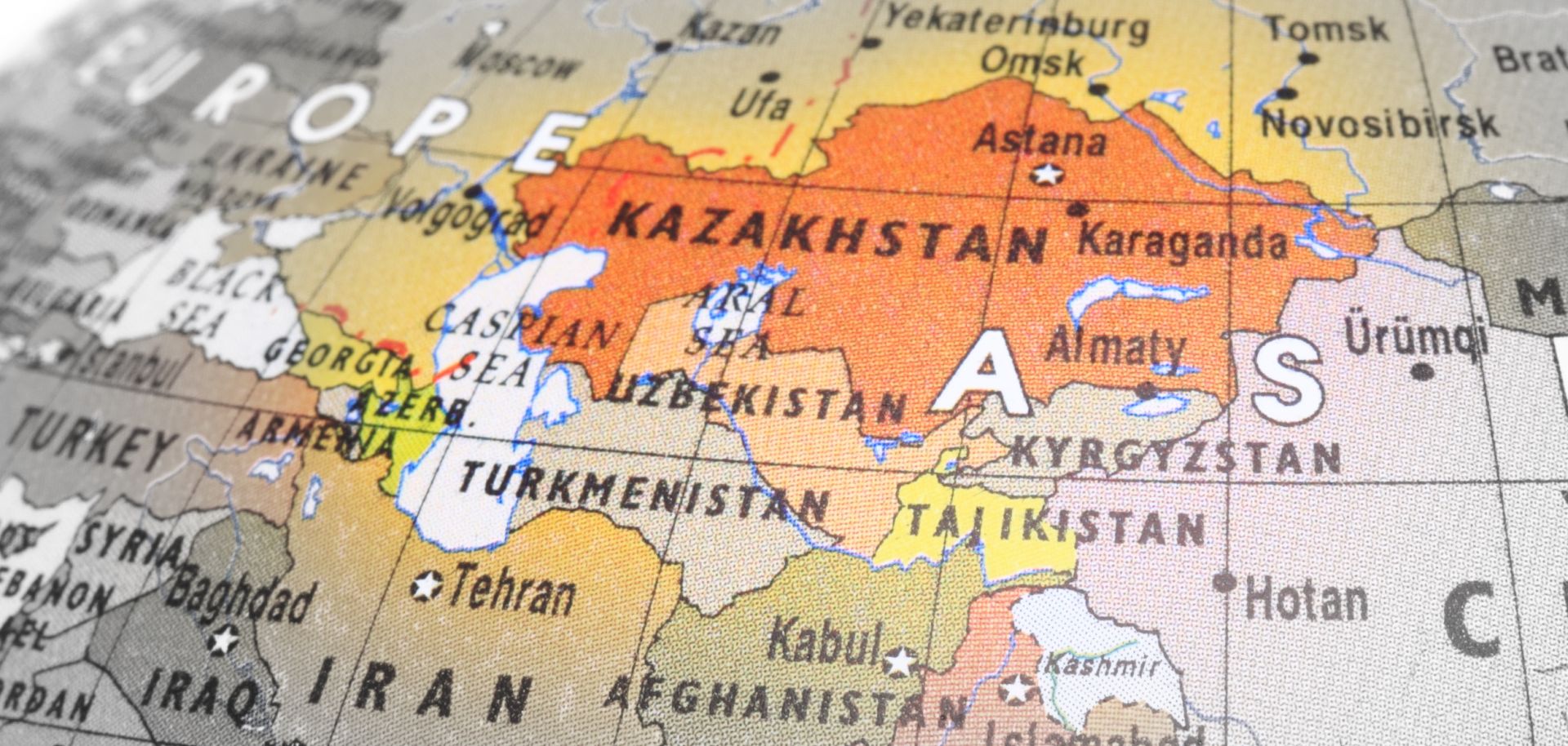Central Asia is changing. In October, Kyrgyzstan had its first peaceful transfer of power from one elected president to another. Less than a year earlier, Uzbekistan's succession of power unfolded in a similarly peaceful manner. And in recent months, Kazakhstan's own long-serving president has been making preparations for his eventual succession. These developments contrast the volatile political transitions earlier in Central Asia's post-Soviet history, which includes two violent revolutions in Kyrgyzstan, a bloody civil war in Tajikistan, and an unexpected succession process in Turkmenistan. Widespread instability that many anticipated in Uzbekistan and Kyrgyzstan's political transitions didn't -- or at least haven't yet -- come to pass. These more stable transitions are significant, given Central Asia's importance as an oil and natural gas-producing region, a hotspot for regional and global militancy, and an area of strategic interest to foreign powers such as Russia, China, and the United States.
The question now is,...

